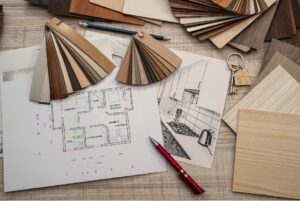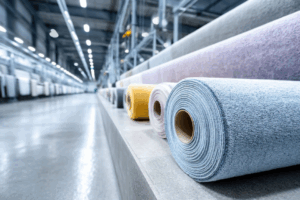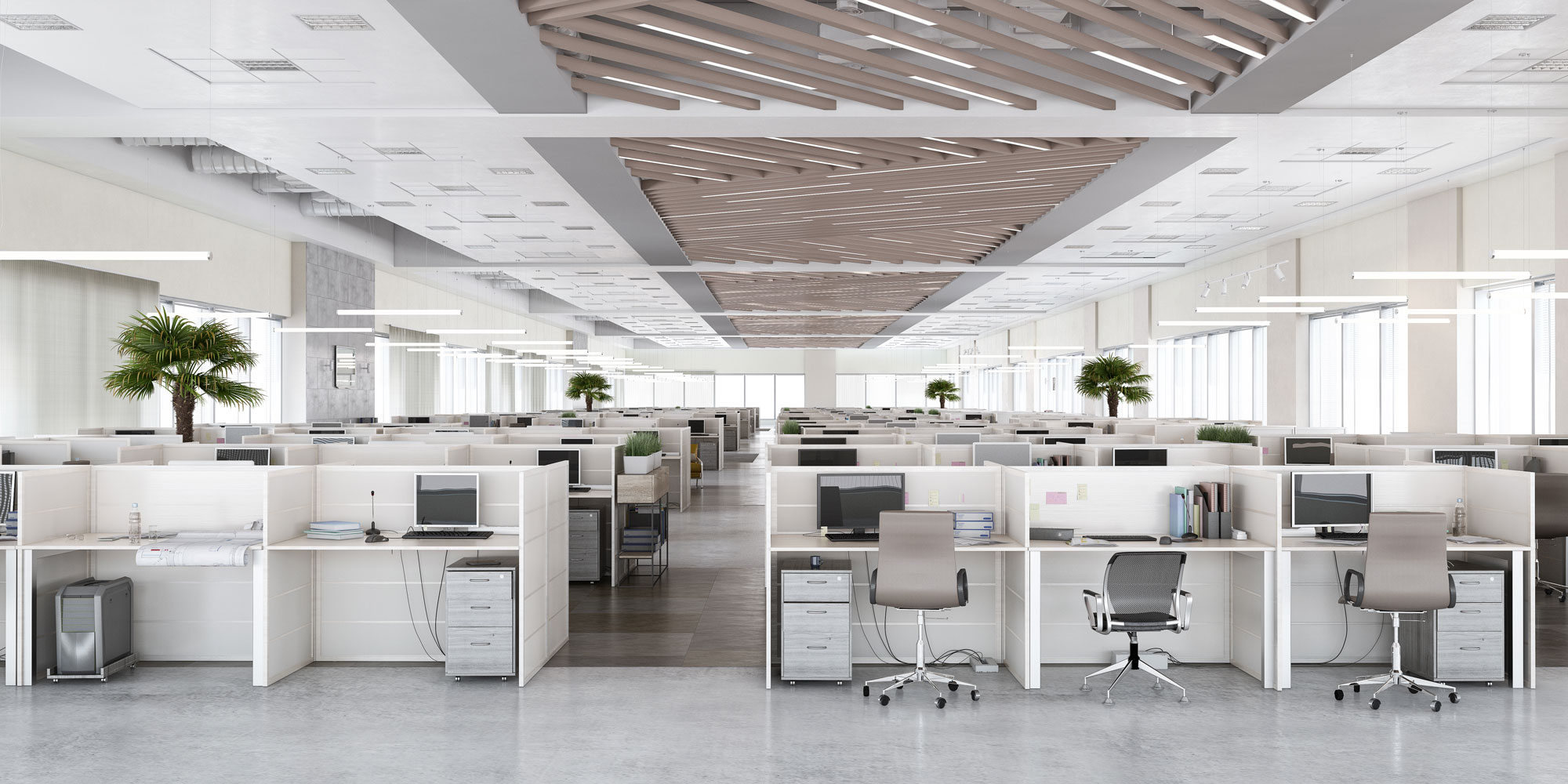Did you know that employees in high-performing workspaces rate their productivity approximately 50% higher than those in poorly designed environments? As we navigate 2025’s evolving work landscape, the physical office has transformed from a simple place to house employees into a strategic business asset.
While collaborative work has nearly doubled since 2013 and socializing in the workplace has more than doubled just since 2020, most office environments aren’t keeping pace with these shifts. The most successful organizations now recognize that thoughtful workplace design directly impacts everything from talent attraction to innovation, with poorly designed offices potentially costing businesses up to £135 billion annually in lost productivity.
Today’s workforce requires environments scientifically designed to enhance human performance.
How Workplace Design Influences Productivity
Modern workplace design goes beyond aesthetics to directly affect how teams function. Research shows that well-planned office environments can increase productivity by up to 20% while significantly improving employee well-being and engagement. The most effective office spaces in 2025 seamlessly blend:
- Flexibility for diverse work styles: Adaptable environments that support both focused individual work and collaborative team projects
- Technology integration: Smart office solutions that enhance connectivity and streamline workflows
- Human-centered design: Spaces that prioritize comfort, health, and psychological safety
Key Elements of Productive Office Spaces in 2025
Activity-Based Work Zones
Today’s most effective workplaces feature distinct areas designed for specific tasks and work modes. This approach acknowledges that employees perform different activities throughout their day, each requiring unique environmental support.
Activity-based zones typically include:
- Quiet focus areas for deep concentration work
- Collaborative spaces for team ideation and problem-solving
- Social hubs that facilitate casual interactions and relationship building
- Wellness zones supporting physical and mental health
Biophilic Design Elements
Incorporating natural elements into office environments isn’t just aesthetically pleasing—it significantly impacts cognitive function and well-being. Workplaces featuring natural light, living plants, and natural materials report improved air quality, reduced stress levels, and enhanced creativity among team members.
Technology-Enabled Environments
The integration of smart technology throughout office spaces has transformed how teams collaborate in 2025. Advanced office environments now feature:
- Seamless video conferencing capabilities in all meeting areas
- Room reservation systems that optimize space utilization
- Environmental controls for personalized comfort
- IoT-connected furniture that adapts to individual preferences
Designing for Hybrid Work Models
The hybrid workplace model has become standard for most organizations in 2025. Effective office planning for hybrid teams requires careful consideration of how physical spaces support remote collaboration while providing compelling reasons for in-person attendance.
Successful hybrid-optimized offices prioritize:
- Enhanced meeting spaces with advanced audio-visual technology
- Digital collaboration tools that connect in-office and remote team members
- Bookable desks and meeting rooms through intuitive management systems
- Social spaces that foster connection and company culture
Data-Driven Space Planning
Modern workplace design relies heavily on utilization data to create environments that truly support organizational needs. Space analytics tools help companies understand:
- Which areas receive the most use
- When peak occupancy occurs
- How different departments utilize various spaces
- What environmental factors correlate with productivity
This information allows for evidence-based design decisions rather than assumptions about how space should function.
The Role of Office Furniture in Productivity
Office furniture selection plays a crucial role in creating productive environments. Ergonomic considerations directly impact physical comfort, which in turn affects concentration and output. Key considerations include:
- Height-adjustable desks that allow for position changes throughout the day
- Ergonomic seating with proper lumbar support
- Varied seating options to accommodate different body types and preferences
- Acoustic furniture that helps manage noise levels in open environments
Sustainability in Office Design
Environmental responsibility has become non-negotiable in workplace planning. Beyond meeting regulatory requirements, sustainable office design creates healthier environments and aligns with employee values. Sustainable approaches include:
- Energy-efficient lighting and climate control systems
- Furniture made from renewable or recycled materials
- Reduced waste through thoughtful procurement practices
- Water conservation fixtures and systems
Planning for Your Organization’s Future
Creating a truly productive office environment requires understanding your specific organizational needs and culture. The most successful workplace transformations begin with a thorough assessment of:
- Current pain points in your existing space
- Workflow patterns and interdepartmental relationships
- Growth projections and flexibility requirements
- Company culture and values that should be reflected in the physical environment
Partner with Experts for Optimal Results
At BMS Commercial Services, we specialize in creating workplace environments that enhance productivity while supporting your unique business objectives. Our comprehensive approach includes space planning, furniture procurement, installation, and ongoing support, ensuring your office transformation delivers measurable results.
With over 80 years of experience and nationwide coverage, our team provides the expertise needed to create workplaces that drive business success in 2025 and beyond.
Ready to transform your workplace into a productivity powerhouse? Contact BMS Commercial Services today to discover how our tailored office planning solutions can benefit your organization.





